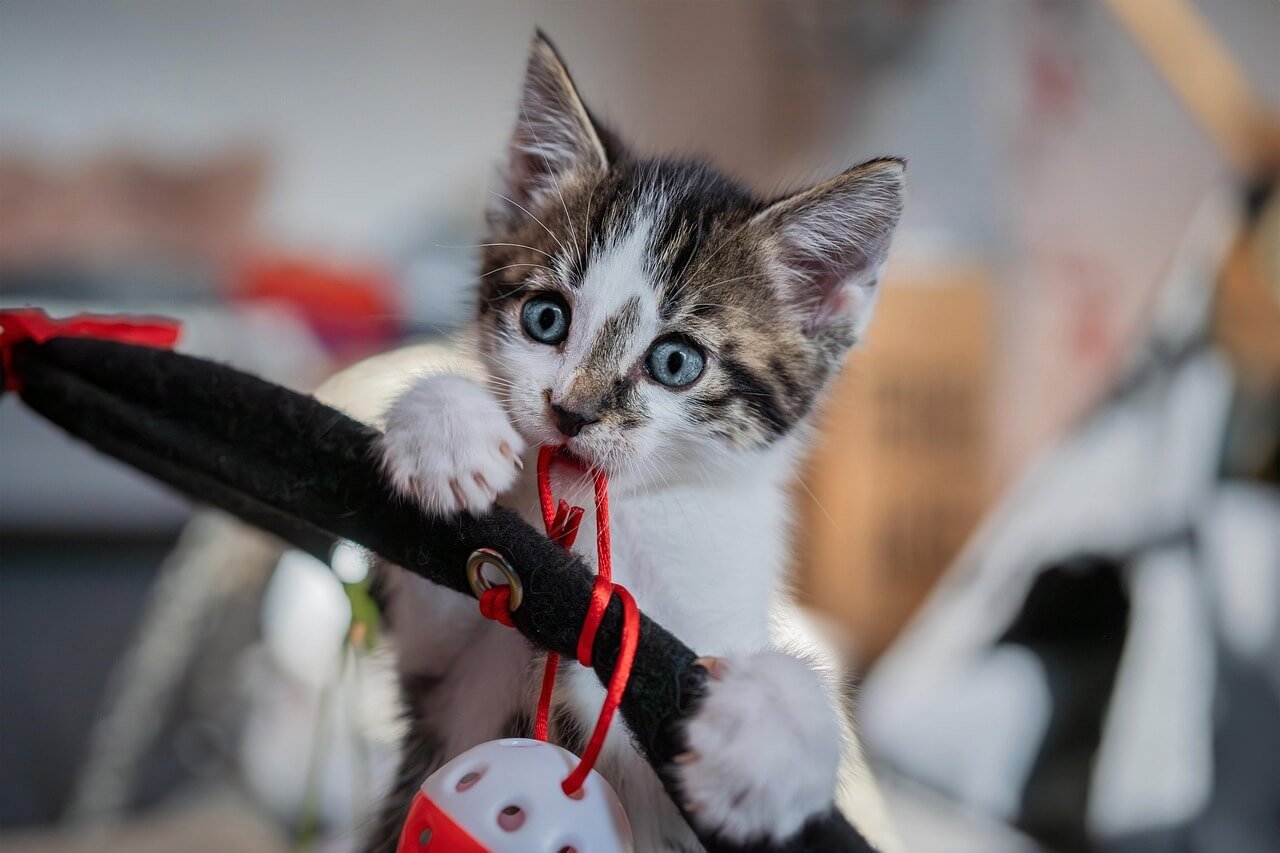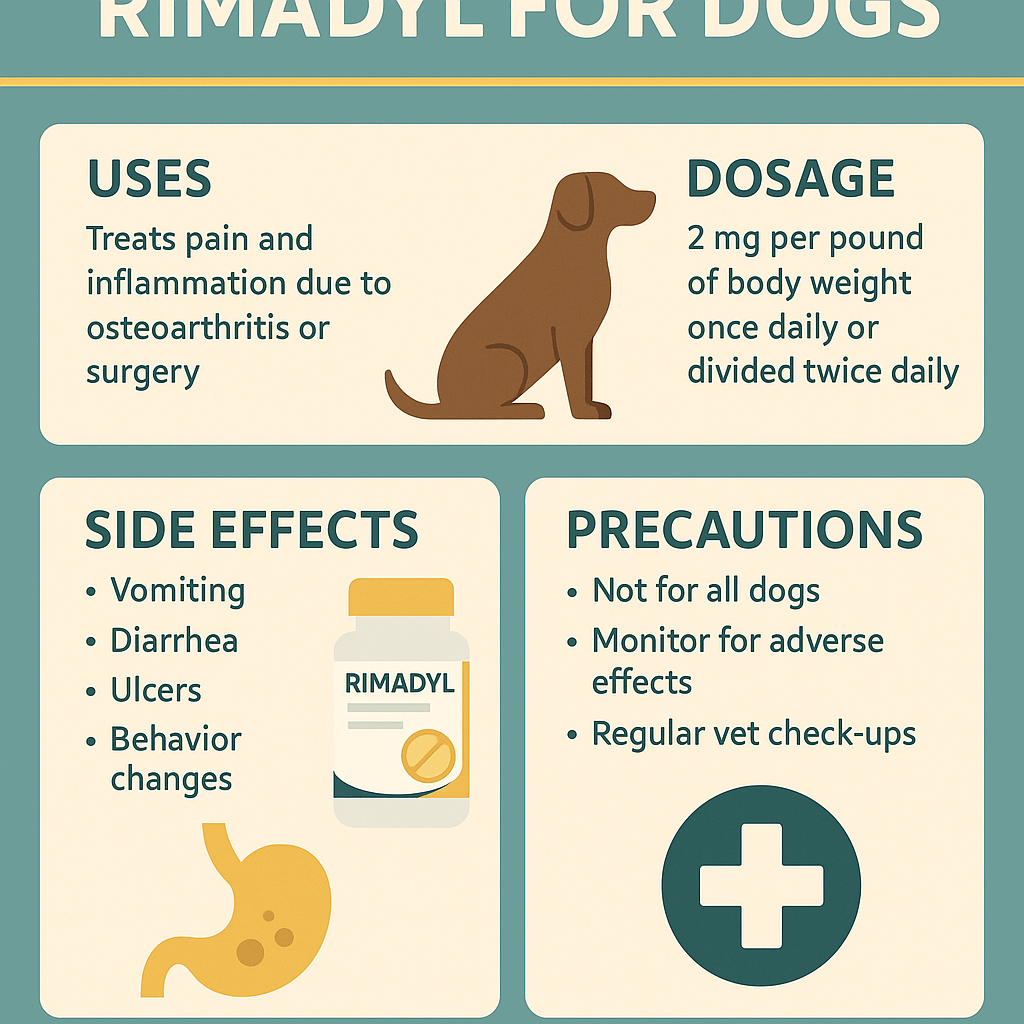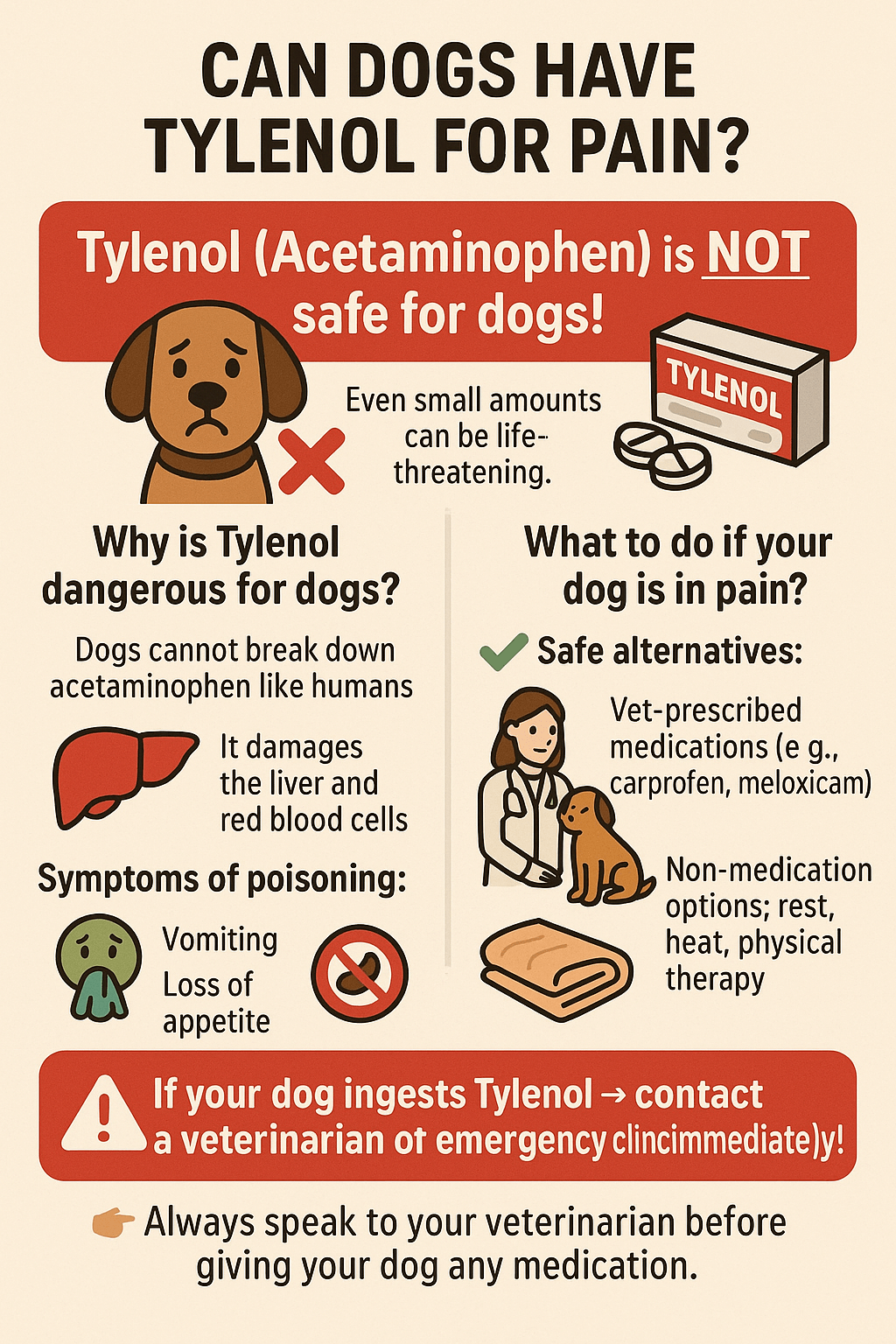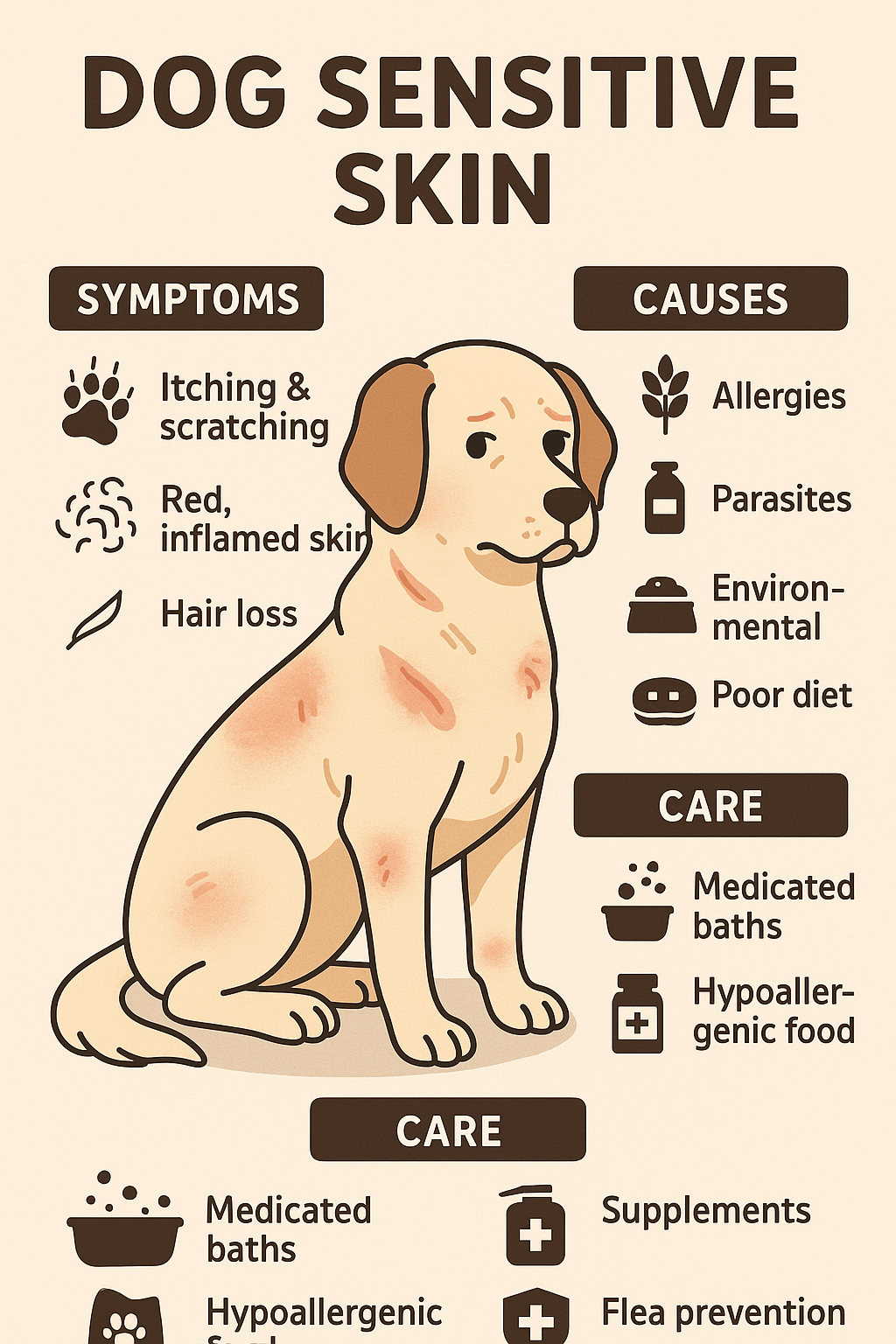Why Does My Cat Touch My Face? Decoding Feline Affection
Cats are fascinating creatures, and their behaviors often leave us wondering what’s going through their minds. One common yet endearing habit many cat owners experience is their feline friend gently touching or patting their face. Whether it happens in the morning, during cuddle time, or even when you’re trying to sleep, this behavior can feel both puzzling and heartwarming. But why do cats engage in this seemingly intimate gesture? In this blog post, we’ll explore the reasons behind this behavior, delve into the science of cat communication, and uncover what your cat might be trying to tell you.
The Science Behind Cats’ Facial Gestures
Before diving into specific reasons, it’s important to understand how cats communicate using their bodies. Their gestures often carry meaning, and facial contact is no exception. Below are some key points that explain why cats use their paws and noses to interact with your face:
Scent Marking: Cats have scent glands on their faces and paws. By touching your face, they may be marking you as part of their territory.
Bonding Behavior: Cats often greet other familiar cats by rubbing their faces against them. This behavior extends to humans they trust.
Curiosity: Cats are naturally curious animals. Your face, with its unique smells and movements, can intrigue them, prompting them to investigate further.
Comfort and Security: Touching your face might provide your cat with a sense of reassurance, especially if they feel safe around you.
Affectionate Gesture: For many cats, touching your face is simply their way of showing love and affection.
Understanding these points helps paint a clearer picture of why your cat engages in this behavior. Ultimately, it’s a mix of instinct, curiosity, and emotional connection.
What Your Cat Might Be Trying to Communicate
When your cat touches your face, they could be sending you a variety of messages. Here’s a breakdown of potential meanings behind this adorable action:
“I Trust You”: Cats reserve their most vulnerable behaviors for those they trust deeply. Touching your face shows they feel safe with you.
“Pay Attention to Me”: If your cat feels neglected or wants food or playtime, they might use this gesture to grab your attention.
“You Smell Familiar”: Cats rely heavily on scent. Touching your face allows them to confirm your identity and feel more connected to you.
“I’m Feeling Playful”: Sometimes, this behavior stems from a playful mood rather than a deeper emotional need.
“I Need Comfort”: During stressful times, cats may seek physical closeness with their humans as a source of comfort.
While each cat is unique, these interpretations offer insight into the possible motivations behind their actions. Observing your cat’s overall demeanor can help you better understand their intentions.
Check this guide 👉Why Does My Cat Try to Bury Her Food? Best 7 Behavior Tips!
Check this guide 👉Why Is My Cat Pulling Her Hair Out? Best 7 Behavior Tips!
Check this guide 👉Why Does My Cat Follow Me Everywhere? Best 7 Behavior Tips!

Reasons Cats Touch Your Face | What You Can Do |
|---|---|
To mark you with their scent | Allow them to express affection |
As a sign of trust | Strengthen your bond through play |
Out of curiosity | Engage with them calmly |
To seek comfort | Provide reassurance and cuddles |
To get your attention | Respond positively but set boundaries |
How to Respond to Your Cat’s Face Touching
When your cat touches your face, responding appropriately can strengthen your bond. Here are some tips on how to handle this behavior:
Stay Calm and Gentle: Avoid startling your cat by reacting too abruptly. Instead, respond with a soft voice or gentle petting.
Reward Positive Behavior: If you enjoy this interaction, reward your cat with treats or praise to encourage them to repeat it.
Set Boundaries if Needed: If the behavior becomes excessive or uncomfortable, gently redirect their attention to toys or another activity.
Observe Their Mood: Pay attention to whether your cat seems relaxed, playful, or anxious. This will help you tailor your response accordingly.
Maintain Routine: Cats thrive on consistency. Keeping a regular schedule for feeding, playtime, and cuddles can reduce unwanted behaviors.
By understanding your cat’s needs and responding thoughtfully, you can foster a harmonious relationship while respecting their natural instincts.
Common Misconceptions About Cats Touching Faces
There are several myths surrounding why cats touch human faces. Let’s debunk some of these misconceptions:
Myth: It’s Aggressive Behavior: While sudden paw swipes can indicate irritation, gentle face touching is rarely aggressive.
Myth: Cats Only Do This When Hungry: Although hunger can drive certain behaviors, face touching is usually about connection, not just food.
Myth: It Means They See You as Weak: On the contrary, this behavior often signifies trust and affection, not dominance.
Myth: All Cats Do This Equally: Every cat has a unique personality. Some may never touch your face, while others make it a daily ritual.
Myth: It’s Solely About Scent Marking: While scent plays a role, emotional factors like bonding and curiosity are equally significant.
Understanding these truths can help you appreciate your cat’s behavior without falling prey to false assumptions.
Understanding Cat Communication Through Touch
Cats communicate in a variety of ways, and touch is one of their most expressive tools. By observing how your cat interacts with you, you can gain valuable insights into their emotions and intentions. Here are some key aspects to consider:
Body Language Speaks Volumes: Cats use their entire body to convey messages, and touching your face could be an extension of their non-verbal communication.
Paw Placement Indicates Trust: When a cat places their paw on your face, it often signifies they feel secure enough to expose themselves in such a vulnerable way.
Nose Bumps Are a Sign of Greeting: A gentle nose touch mimics how cats greet each other in the wild, showing familiarity and respect.
Headbutting Is Affectionate: If your cat headbutts your face or forehead, they’re likely expressing deep affection and marking you as part of their social circle.
Whisker Contact Adds Intimacy: Whiskers are highly sensitive, so when your cat uses them during face touching, it’s a sign of closeness and trust.
These behaviors highlight the complexity of feline communication and emphasize the importance of paying attention to their subtle cues. Understanding these signals allows you to respond appropriately and nurture your bond.
The Role of Scent in Cat Behavior
Scent plays a crucial role in how cats perceive the world and interact with those around them. Their habit of touching your face often ties back to their reliance on scent for connection and security. Consider the following points:
Scent Glands Are Strategically Placed: Cats have scent glands on their paws, cheeks, and forehead, which they use to leave familiar scents on objects and people they care about.
Marking You as Family: By touching your face, your cat may be reinforcing your status as part of their “family” through scent exchange.
Recognizing Familiar Smells: Your unique scent provides comfort to your cat, and touching your face helps them reaffirm their bond with you.
Reducing Anxiety Through Scent: In unfamiliar or stressful situations, cats often seek out familiar scents to calm themselves.
Scent Overlaps with Affection: While marking is instinctual, it’s also intertwined with affection, making this behavior both practical and emotional.
Scent-based interactions reveal just how deeply cats rely on olfactory cues to navigate their relationships. By appreciating this aspect of their behavior, you can better understand why your cat values face-to-face contact.
How to Strengthen Your Bond Through Face Touching
If your cat enjoys touching your face, you can use this behavior as an opportunity to deepen your connection. Here are some tips to enhance your relationship while respecting your cat’s instincts:
Encourage Positive Associations: Pair their face-touching behavior with treats or verbal praise to reinforce the act as something enjoyable.
Engage in Interactive Play: Use toys that mimic prey movements to channel their energy and strengthen your bond outside of face-touching moments.
Practice Gentle Reciprocation: Lightly petting your cat’s head or cheeks can mimic the affection they show you, creating a sense of mutual care.
Respect Their Boundaries: If your cat seems overstimulated or uncomfortable, give them space to retreat and regroup.
Observe Patterns Over Time: Pay attention to when and how often your cat touches your face, as this can provide clues about their emotional state and preferences.
By fostering a balanced approach to this behavior, you can build a stronger, more harmonious relationship with your cat. These small gestures of connection go a long way in creating a lifelong bond filled with trust and love.
FAQ
Is it normal for my cat to touch my face?
Yes, it’s completely normal. Many cats exhibit this behavior as a sign of affection or curiosity.
Should I discourage my cat from touching my face?
Only if it makes you uncomfortable. Otherwise, it’s a harmless and endearing gesture.
Why does my cat sometimes bite after touching my face?
This could indicate overstimulation or playful behavior. Monitor their body language to gauge their mood.
Does this behavior mean my cat sees me as their parent?
Not necessarily. It’s more about trust and bonding than hierarchy.
Can I train my cat to stop touching my face?
Yes, through redirection and consistent boundaries, though it’s best to allow some level of natural expression.
Embracing the Quirks of Feline Companionship
In conclusion, a cat touching your face is far more than a random act—it’s a window into their world of communication, trust, and affection. By observing and understanding this behavior, you can deepen your bond with your furry friend and create a relationship built on mutual respect and love. Remember, every cat is different, so embrace their individual quirks and cherish the moments of connection. After all, these small gestures remind us why cats hold such a special place in our hearts.
Rimadyl for Dogs: Best 7 Expert Tips! Discover expert advice on using Rimadyl safely, managing pain, and improving your dog’s mobility with trusted veterinary insights.
Can Dogs Have Tylenol for Pain? Best 7 Expert Tips! Discover the risks, safe alternatives, and expert advice on managing your dog’s pain effectively while avoiding harmful medications.
Understanding Hemophilia in Dogs: Best 7 Expert Tips! Discover expert advice on managing hemophilia, recognizing symptoms, and ensuring your dog’s well-being with practical care strategies.
Understanding Dog Sensitive Skin: Best 7 Expert Tips! Discover expert advice on managing dog sensitive skin, relieving irritation, and improving your pup’s comfort with practical solutions.





